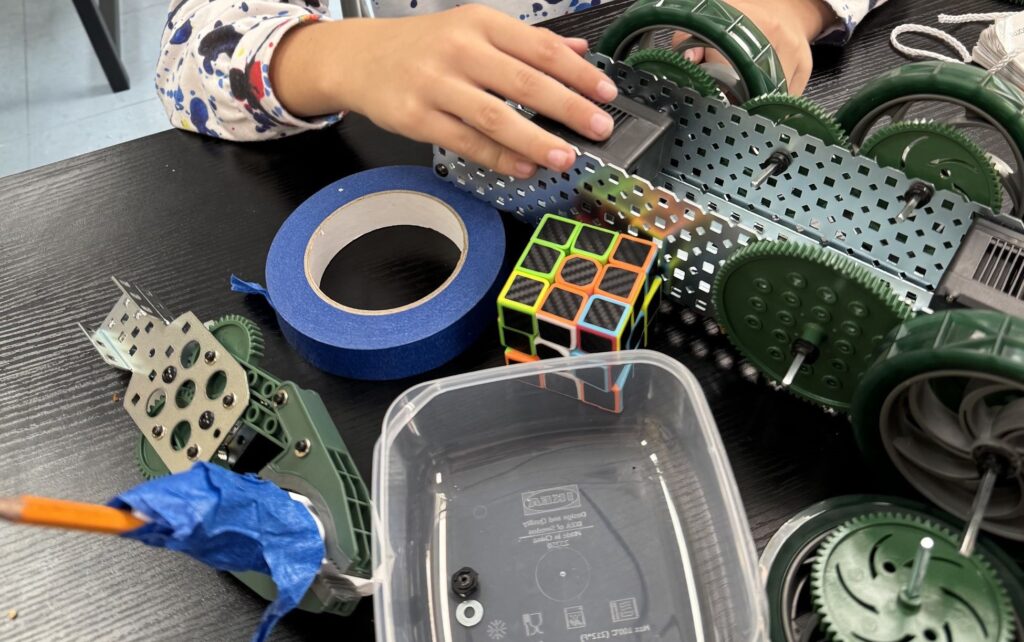
The STEAM education approach utilizes science, technology, engineering, arts, and mathematics to stimulate student-led inquiry, discussion, and critical thinking skills. Students participating in STEAM education programs are characterized by their thoughtful risk assessment, active engagement in experiential learning, persistent problem-solving, collaborative spirit, and creative approach to problem solving. These individuals represent the innovative spirit, educational leadership, and intellectual curiosity of the twenty-first century.
Why is STEAM Education Important?
Historically, the primary function of the educational system has been defined as securing students’ future employment. However, what is the practical implication of this? Our students receive training for positions that are not yet in existence. We have reached a point where the creation of fluid, dynamic, and relevant learning environments is not merely possible, but essential. Observation of a tree does not automatically equate to science, nor does the perception of a blue sky constitute art. Our world presents a complex and intricate tapestry of multifaceted learning experiences. By what justification do we limit this concept to the institutional setting of a school, behind its brick walls and classroom doors?
A powerful method for altering the traditional educational structure and fostering meaningful change is the integration of concepts, topics, standards, and assessments. The methods we employ in our teaching and learning processes directly reflect real-world practices and applications. This allows us to eliminate the impediments to focused learning.
What are the top benefits of STEAM education for students?
Integrating STEAM learning into the curriculum promotes a well-rounded education encompassing both essential life skills and core subjects, including ELA, mathematics, and science. Here are some of the top benefits of STEAM education:

Critical Thinking:
To succeed in any profession, critical thinking is a must-have skill. STEAM learning requires students to objectively look at information and create an informed opinion or analysis based on fact and logic, filtering out unrelated or misleading information along the way.
Collaboration:
Since STEAM education leans heavily on project-based learning, collaboration skills are incredibly important. Collaborating is more than simply working on a project with someone else; it’s about bouncing ideas off one another, knowing how to diplomatically share constructive opinions, contributing different types of knowledge and talent to the project, and complementing each other’s strengths to create the best possible final result. This type of skill is a must-have in workplaces today, and STEAM helps students hone it.
Socializing:
Because collaboration is such an integral piece of STEAM learning, socialization skills matter. While collaboration is more about the actual partnership and methods of working together, social skills are what’s used to communicate effectively throughout that partnership. When participating in STEAM education, students learn how to clearly express themselves, talk and adapt to partners with different backgrounds and personalities, and empathize with others. These are all skills that are immediately transferrable to just about any real-life situation.
Creativity:
Like many professions and real-world situations, STEAM education often requires some outside-the-box thinking to solve a problem. STEAM learning generally encourages students to create their own methods to solving problems or completing a project. As in life, STEAM learning illustrates that there are often different approaches and solutions to every challenge. This encourages students to apply a combination of imagination and technical aptitude to complete a task.
Technology Skills:
Looking at the subject of science, traditional education would likely involve students working with lab equipment and other instruments. STEAM takes learning beyond the lab by incorporating a variety of media that allow students to complete their project. This may involve art supplies, tools, machines, and a wide array of technology, including audio and video editing software, presentation programs, coding, electronic devices, and so much more. And in an increasingly digital world, gaining technology experience at a young age is imperative.
Real-World Connection:
STEAM learning is most successful when its principles are applied to real life. For example, learning math is important, but it’s even more important to use it in the real world to balance a budget or figure out loan terms. Learning technology and art is important, but it’s best used when creating a video essay for a college scholarship application or creating a presentation reel for a job interview.
